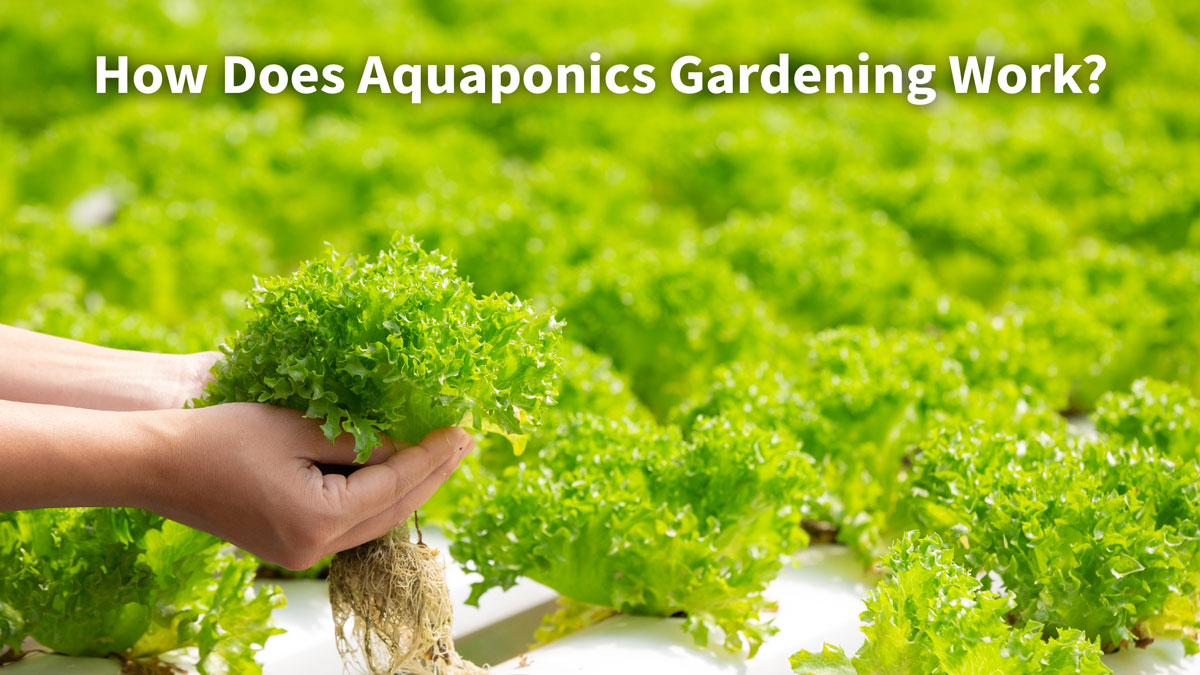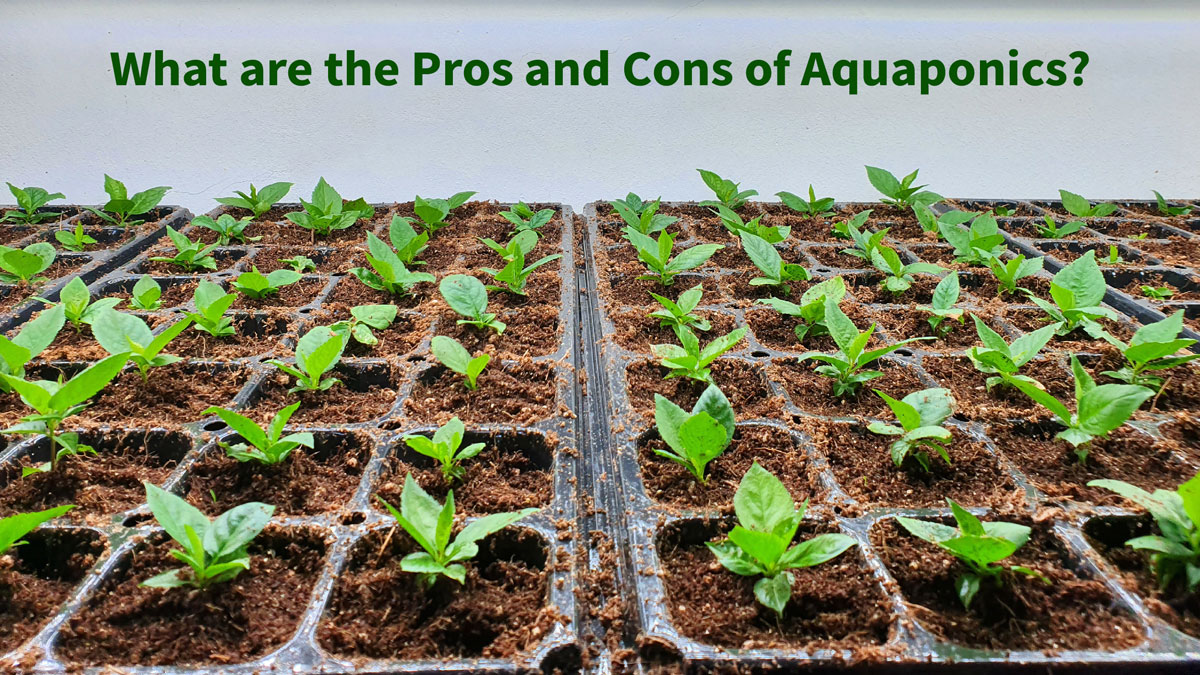Imagine a world where you can grow fresh, organic vegetables while nurturing a thriving aquatic ecosystem, all in your backyard or indoors. What seems like a mirage years ago is a reality with aquaponic technique. In this innovative gardening method, you can dive into a world where the balance of nature flourishes, offering bountiful harvests and a deeper connection to the natural cycles of life. Without waiting further, let’s dig deeper into this blog and learn everything about it from what it is to how to build an aquaponics system.
What is Aquaponics?
Aquaponics is a sustainable farming technique that brings together aquaculture (the cultivation of fish and other aquatic organisms) with hydroponics (the growing of plants in nutrient-rich water, without soil). By combining these two systems, this technique creates a closed-loop environment where both fish and plants can thrive. The interconnected biological processes in this system benefit both the aquatic life and the plant growth.
How Does Aquaponics Gardening Work?

In aquaponics, plants are cultivated in a designated grow bed while fish inhabit the fish tank. The water from the fish tank, rich in nutrients from fish waste, is then distributed to the grow bed. In this environment, billions of naturally occurring beneficial bacteria work to break down ammonia into nitrites and eventually into nitrates.
Plants absorb nitrates and other nutrients from the water to boost their growth. In the process, the plant roots act as natural filters, purifying the water before it circulates back to the fish tank, creating a healthier environment for the fish.n. This cycle ensures that the water remains fresh, clean, and rich in oxygen for both the plants and fish.
How to Set Up An Aquaponics System?
Step 1: Getting Started
- Pick Your Spot: Choose a location, indoors or outdoors, with good sunlight and easy access.
- Prepare the Fish Tank: Clean it well, fill it with water, and remove any harmful stuff. Treat the water to make it safe for fish.
- Set Up the Grow Bed: Use a suitable bed filled with soil or special growing media. Make sure it drains well and gives support to plant roots.
- Connect the Plumbing: Link the fish tank and the grow bed with pipes and a water pump.
Step 2: Starting the Cycle
- Kickstart the Nitrogen Cycle: Add something that releases ammonia to the fish tank. This helps good bacteria get to work.
- Regulate Ammonia and Nitrites: As time passes, you’ll notice more ammonia and then nitrites in the water. This means the good bacteria are changing the bad stuff into less harmful things.
- Inoculate Fish: When ammonia and nitrites level out, it’s fish time! Start with a small group and add more as the bacteria colony grows.
- Plant Growth: Nitrites eventually turn into nitrates, which are like a feast for your plants. They’ll soak up these nutrients and make the water clean for the fish.
- Balance pH: This farming technique needs a delicate balance. Check water quality often, looking at things like pH, ammonia, nitrite, and nitrate levels. Make any necessary adjustments to ensure everything is in good order.
What are the Pros and Cons of Aquaponics?

The Good Stuff (Benefits)
- Sustainable Food: It helps with food security. It’s like a win-win. Fish and plants grow together, saving resources, and giving us both protein (fish) and fresh veggies all in one system.
- Year-Round Growing: It isn’t concerned with the changing seasons. With indoor setups, you can grow food all year, no matter what’s happening outside.
- Eco-Friendly: Normal farming can harm the environment with things like soil erosion and pollution. This technique is kinder to the planet. It uses less water, makes less waste, and says goodbye to artificial fertilizers and pesticides.
Challenges of Aquaponics (Not-So-Good Stuff)
- Expensive Start-Up: Getting your aquaponics going can be costly. You need to buy things like fish tanks, grow beds, pumps, lights, and plumbing. In the long run, the benefits can be worth it, but you have to think about the initial money you’ll need.
- Need to Be a Bit of a Science Whiz: It is kind of like a science experiment. You have to understand how fish, plants, bacteria, and water chemistry all work together. This knowledge is crucial for making it work.
- Balancing Act: Keeping everything in harmony can be tricky. Fluctuations in things like pH, ammonia, and nitrate levels can throw things off. It might make your fish unhappy or your plants won’t grow as well.
In a Nutshell
Aquaponics offers an innovative and sustainable approach to food production. It seamlessly combines the cultivation of fish and plants in a mutually beneficial ecosystem, providing a range of benefits, including sustainable food production, year-round cultivation, and minimal environmental impact. While this technique has its challenges, such as initial setup costs and the need for technical knowledge, its potential to address food security, reduce environmental harm, and create a harmonious coexistence of aquatic life and crops makes it a promising and eco-friendly solution for the future of agriculture. As we continue to explore and refine this method, it holds great potential in reshaping the way we grow and consume food.




